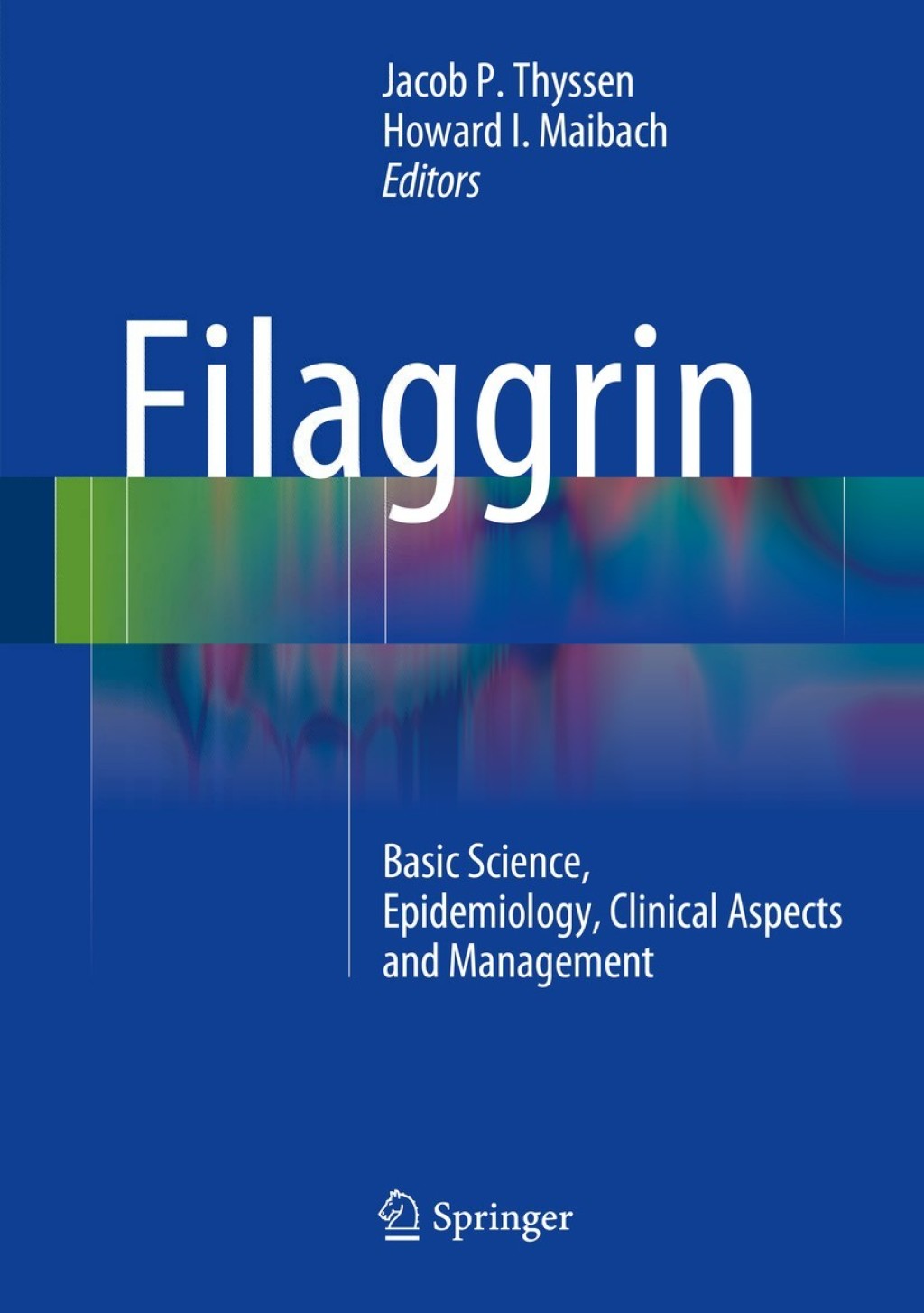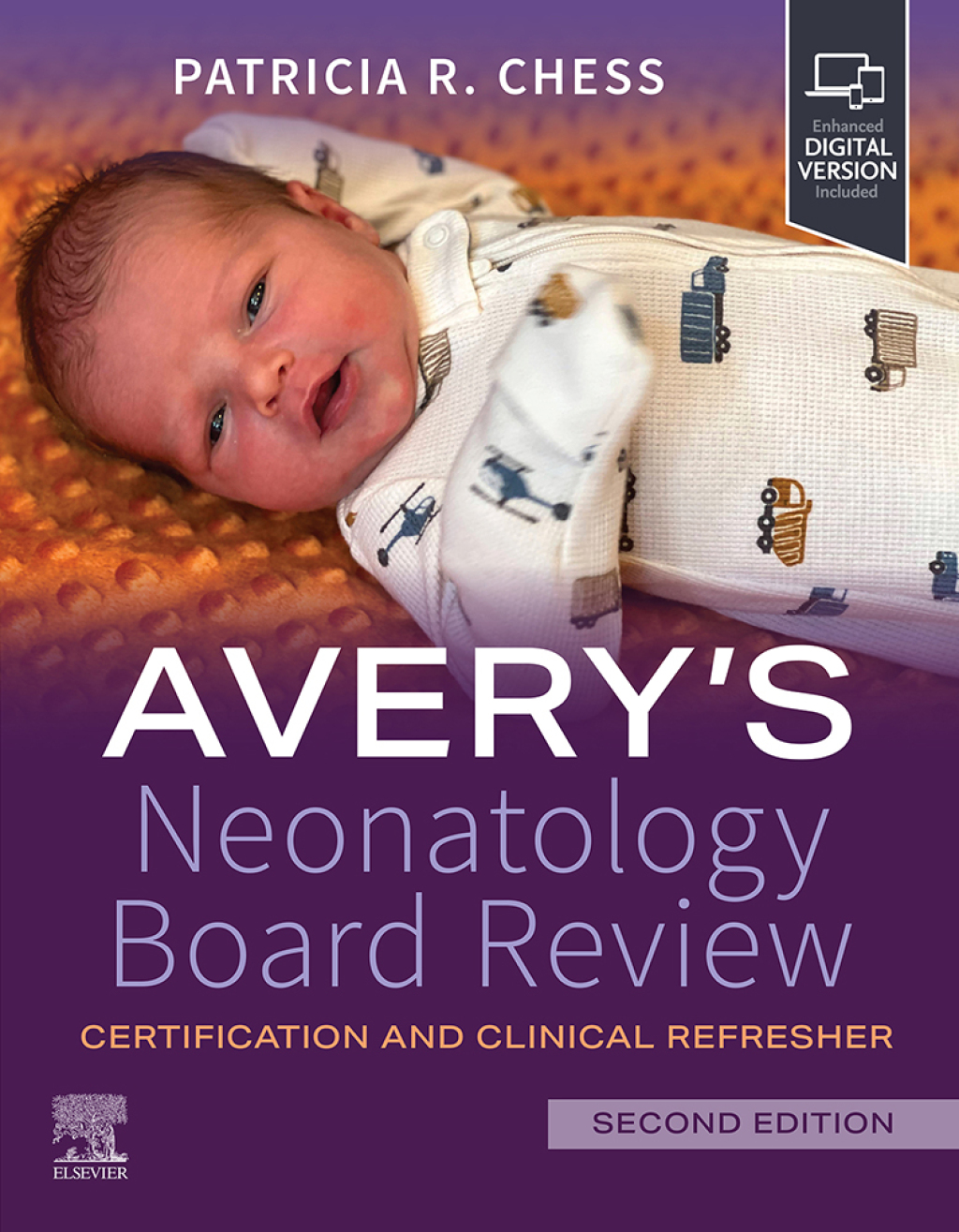Filaggrin gene mutations are common in Europeans and their descendants, as well as in Asians, reaching a prevalence of up to 10%. Filaggrin proteins are crucial for skin homeostasis as their metabolites maintain skin hydration, keep the skin pH low, and provide protection against solar radiation. FLG mutation carriers suffer from dry and scaly skin and have an increased transfer of allergens and chemicals across the epidermis. Moreover, they have 10% higher serum vitamin D levels, potentially affecting the propensity to develop other diseases. FLG loss-of-function mutations represent the strongest risk factor hitherto discovered for atopic dermatitis and are major predisposing factors for related asthma and hay fever. This textbook provides comprehensive and detailed coverage of the effects of FLG mutations in health and disease (cutaneous and non-cutaneous) and also discusses the basic science, epidemiology, management, and future research areas.
“Neurology for Nurses” has been added to your cart. View cart
Filaggrin Basic Science, Epidemiology, Clinical Aspects and Management
Author(s):
Publisher: Springer
ISBN: 9783642543784
Edition:
$39,99
Delivery: This can be downloaded Immediately after purchasing.
Version: Only PDF Version.
Compatible Devices: Can be read on any device (Kindle, NOOK, Android/IOS devices, Windows, MAC)
Quality: High Quality. No missing contents. Printable
Recommended Software: Check here










